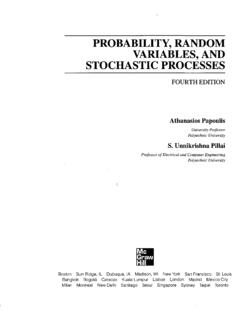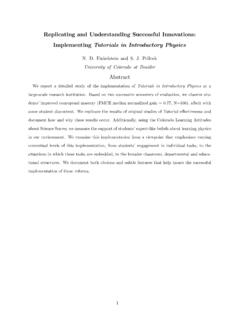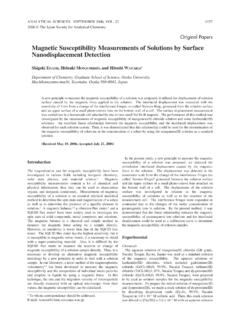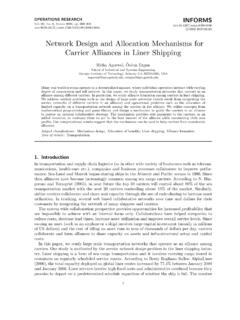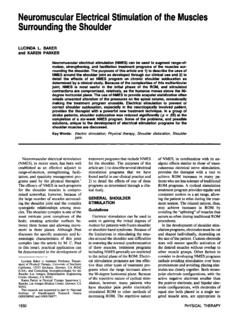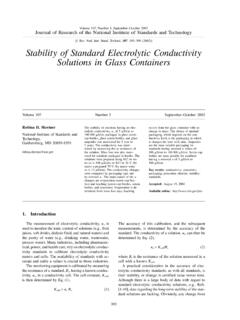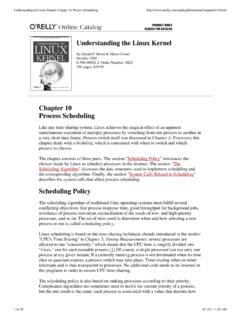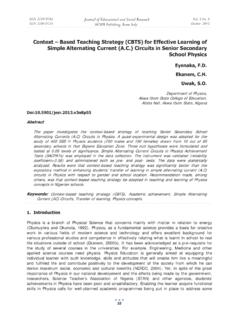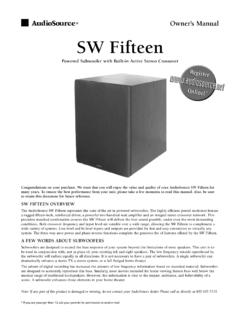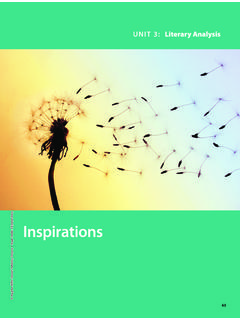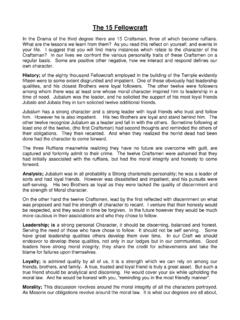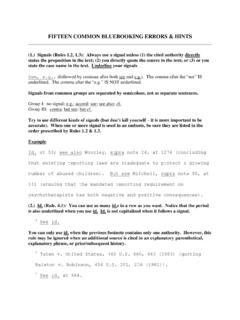Transcription of Fifteen Effective Play Therapy Techniques - Semantic Scholar
1 Fifteen Effective play Therapy TechniquesTara M. HallFairleigh Dickinson UniversityHeidi Gerard KadusonPlay Therapy Training InstituteCharles E. SchaeferFairleigh Dickinson UniversityA plethora of innovative play Therapy Techniques have been developed in recent years to implement thetherapeutic powers of play . The purpose of this article is to concisely describe 15 Techniques that areeffective, enjoyable, inexpensive, and easy to implement. Included in the description of each techniqueare the therapeutic rationale, materials needed, step-by-step implementation guide, and applications. Thetechniques selected are appropriate for 4 12-year-old children and cover an extensive array of playapproaches ( , art, fantasy, sensorimotor, and game play ).
2 The chosen Techniques address severalpertinent presenting problems such as anxiety, depression, impulsivity, distractibility, and over 60 years, play Therapy has been a well-established andpopular mode of child treatment in clinical practice. One reasonplay Therapy has proven to be a particularly useful approach withchildren is that they have not yet developed the abstract reasoningabilities and verbal skills needed to adequately articulate theirfeelings, thoughts, and behaviors. For children, toys are theirwords, and play is their Therapy can be defined as an interpersonal process whereina trained therapist systematically applies the curative powers ofplay ( , relationship enhancement, role-playing, abreaction,communication, mastery, catharsis, attachment formation, etc.)
3 Tohelp the clients resolve their current psychological difficulties andhelp prevent future ones. play Therapy Techniques specify how touse the play materials so as to effectively implement the therapeu-tic powers of play (Schaefer, 1993).The purpose of this article is to describe 15 clinically useful playtherapy Techniques . Previously published reports have been sim-plified and condensed so as to highlight practical how-to infor-mation in a clear, concise format. A more complete description ofeach technique is found in the original selection of Techniques for this article was guided by threemain criteria: (a) to include an extensive variety of play ap-proaches ( , sensorimotor, art, fantasy, and game play ), (b) tofocus on Techniques appropriate for 4 12-year-old children, and(c) to present Techniques that are enjoyable, inexpensive, and easyto implement.
4 The goals of the chosen Techniques include helpingchildren become aware of and express their feelings; manageanger; improve self-control; reduce fear, anxiety, and depression;increase empowerment; and enhance problem-solving do not intend this article to be viewed as a cookbook approach to play Therapy . Rather, it is geared to providing thereader with a sample of the array of useful play Techniques thatexist. It is not expected that all Techniques will work for allchildren. Selection for a particular case should be guided by playtherapy theories and based on a thorough assessment of the indi-vidual client.
5 Additionally, it should be noted that outcome re-search indicates that therapeutic gains are maximized when theparents are involved in treatment and when an optimal number ofsessions are provided (Ray, Bratton, Rhine, & Jones, 2001). Weencourage readers to use this article as a springboard for thedevelopment of their own creative Feeling Word GameTherapeutic RationaleOften children have difficulty verbalizing their feelings whendirectly questioned, either because they are guarded or they do notconnect with those feelings they find most threatening. Wheninvolved in playing a game, children s defenses are reduced, andthey are more likely to talk about their feelings.
6 The Feeling WordGame (by Heidi Kaduson; for details, see Kaduson & Schaefer,1997, pp. 19 21) allows children to communicate their feelings inan enjoyable, nonthreatening needed:eight 4 6-in. pieces of paper, a marker, anda tin filled with poker HALLis a doctoral candidate in clinical psychology at FairleighDickinson University. She is currently an intern at Saint Luke s RooseveltHospital in New York her PhD in clinical psychology in 1993from Fairleigh Dickinson University. She is in independent practice and iscodirector of the play Therapy Training Institute in Hightstown, SCHAEFER received his PhD in clinical psychology in 1967from Fordham University.
7 He is a professor of psychology at FairleighDickinson University and cofounder of the Association for play research interests focus on investigating positive psychology topics,including creativity, play , humor, and CONCERNING THIS ARTICLE should be addressed to CharlesE. Schaefer, 540 Scarsdale Road, Yonkers, New York 10707. Psychology: Research and PracticeCopyright 2002 by the American Psychological Association, , Vol. 33, No. 6, 515 5220735-7028/02/$ DOI: therapist sits at the same level as the child and introducesthe activity to the child by saying, We are going to play a gamecalled the Feeling Word Game.
8 First, I want you to tell me thenames of some feelings that a boy or girl who is [age of the child]years old has. The therapist writes each of the child s feelingwords on a separate piece of paper. If the child cannot read, thetherapist should also draw a face representing the feeling. If thechild does not provide the names of all of the feelings required toexplore the presenting problem, the therapist should suggest all of the feelings are written on individual pieces of paper,the therapist lines them up in front of the child and says, Here areall of the feeling words.
9 I have in my hand a tin of feelings [pokerchips]. I am going to tell a story first, and then I will put down thefeelings on these words. The therapist tells a story about himself or herself, being sure todevise a story that includes both positive and negative feelings. Atthe completion of the story, the therapist places poker chips oneach appropriate feeling. The amount on each should vary, therebyshowing the child that a person can have more than one feeling atthe same time, as well as different amounts of each feeling. Next,the therapist tells a nonthreatening story about the child, allowingfor both positive and negative feelings.
10 The child is given the tinof feelings and told to put down what she or he might feel underthose circumstances. The child then tells the next story for thetherapist to put down his or her feelings. This continues until themajor issues of the presenting problem are Feeling Word Game can be successfully used with allchildren, including those with conduct problems, attention-deficit/hyperactivity disorder (ADHD), or anxiety problems. This tech-nique is a fun and nonthreatening way for therapists to discuss andquestion issues that are generally too intimidating for the child tocommunicate about RationaleColor-Your-Life (O Connor, 1983) provides children with anonthreatening, concrete method of understanding and discussingvarious affective states.
